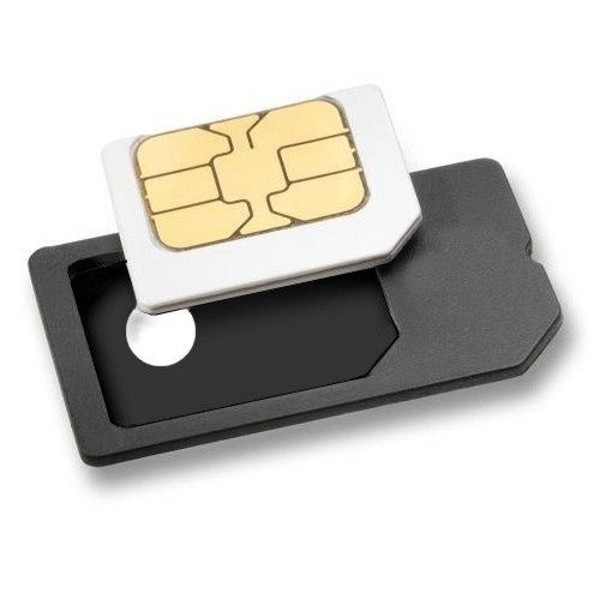Why can't I have one number, but two SIMs?
In this age of smartphones with big delicate pieces of glass and a non-swappable battery that dies in the middle of the afternoon I often need to carry a second phone. For active folks with a 5” phablet with glass front and rear they might want a beater phone to take when they run or hit the trails.
The simple solution used to be just swap your SIM. But in these days of regular, Micro, Nano who knows what else sized SIM that’s not always practical, even with the variety of trays available to help convert.
As an added complication there are apps like WhatsApp or Viber who instead of letting you register with a user they use your phone number as the key - so no use at all if you decide to use multiple SIMs, swap SIMs when you travel internationally or use Google Voice to make sure your calls reach you no matter what phone you’re on.
 I remember a million years ago (okay, maybe late 90s!) I solved the problem with a v1 SIM cloner. Two phones, one number and they both rang at the same time. I could only make one call at a time though - even then the network was fairly smart. But today with more sophisticated technology those tricks don’t seem to work, so I’m stuck with my carrier enforced one-number, one-SIM rule.
I remember a million years ago (okay, maybe late 90s!) I solved the problem with a v1 SIM cloner. Two phones, one number and they both rang at the same time. I could only make one call at a time though - even then the network was fairly smart. But today with more sophisticated technology those tricks don’t seem to work, so I’m stuck with my carrier enforced one-number, one-SIM rule.
I’m hoping as T-Mobile carries on it’s “un-carrier” campaign and continues to challenge the status quo here in the US they’ll find a way to allow this… ten bucks for an extra SIM attached to the same number seems fine for me. When someone calls me they all ring. The network has some smarts to make sure I only make one call at once (or the minutes simply add up across the SIMs) and data accumulates to hit my cap. Now if it were AT&T I know this cost me both for the SIM and a monthly convenience charge plus administration fees and whatever else they can add on so maybe it would actually turn out to be less convenient than just getting multiple lines at the end of the day.
If a telco want’s to really break out of the 1990’s though they need to start thinking of these sorts of use cases. Staying relevant by nickel and diming customers or creating labyrinthine plan and fee structures that don’t work for the consumer is just encouraging new players to find smart ways to disrupt them into irrelevance.